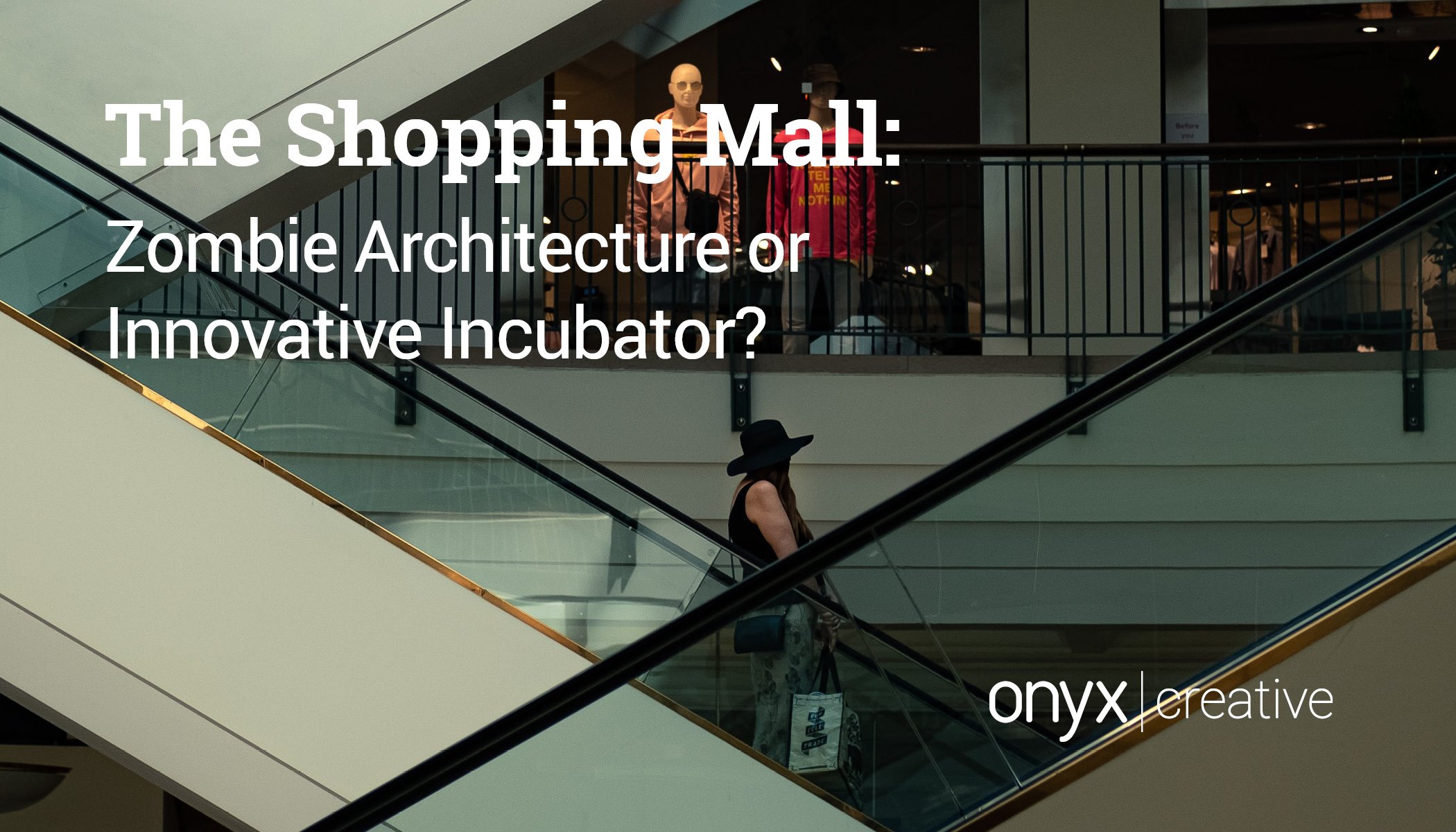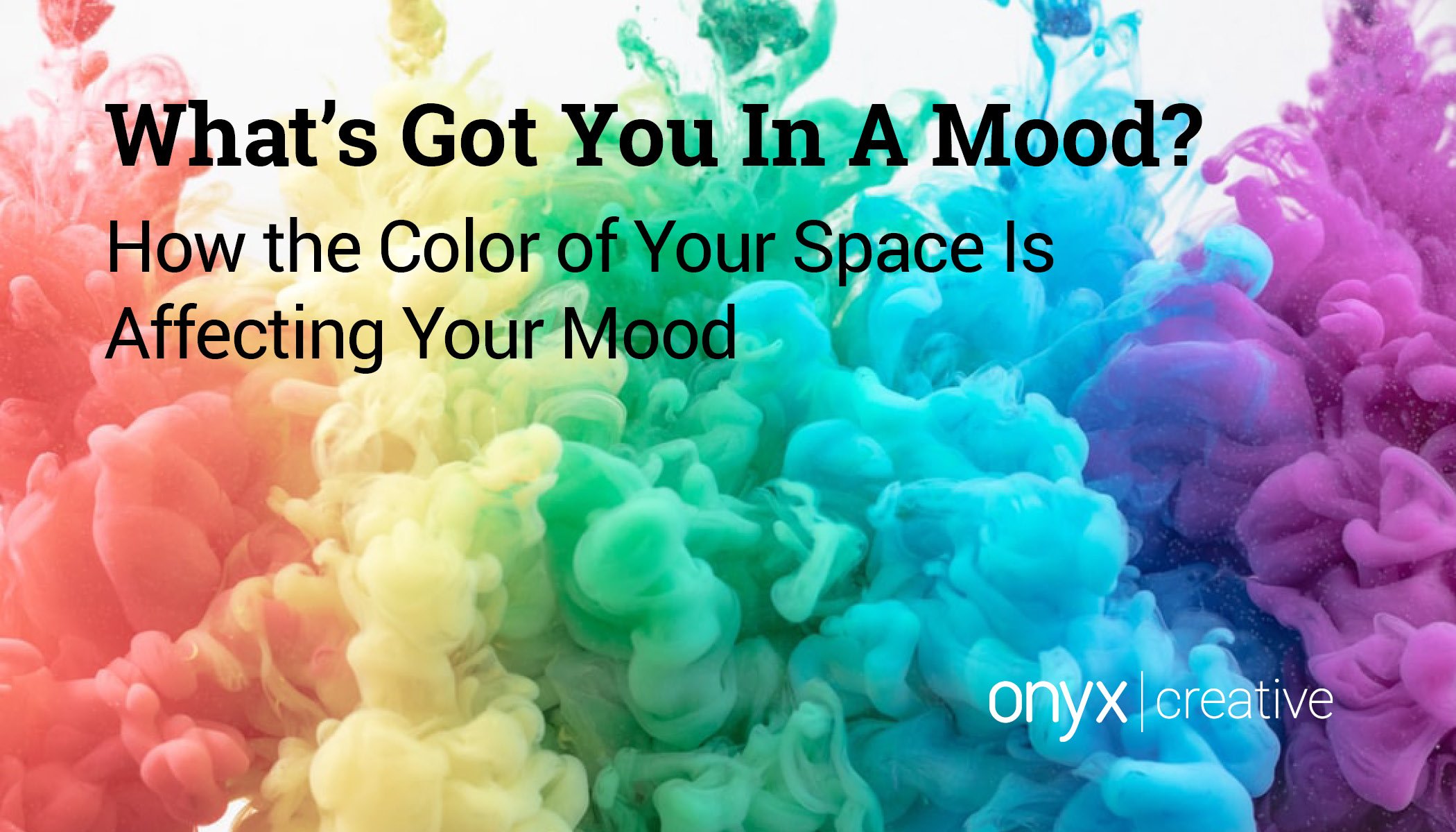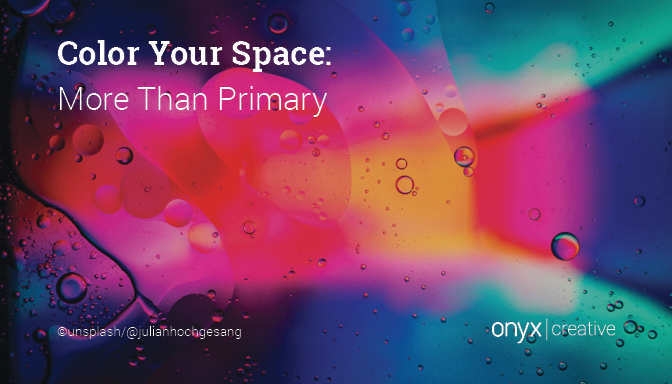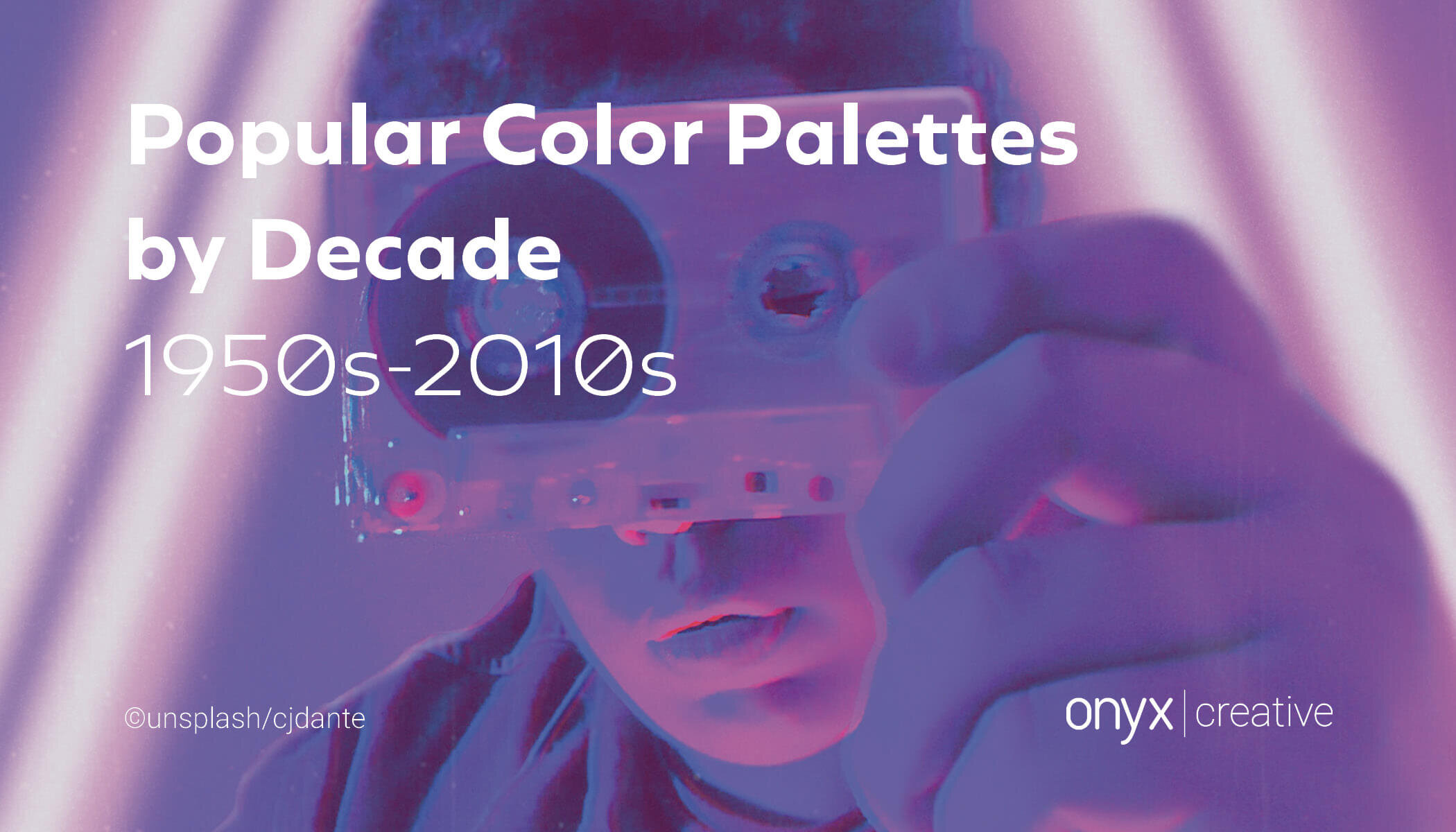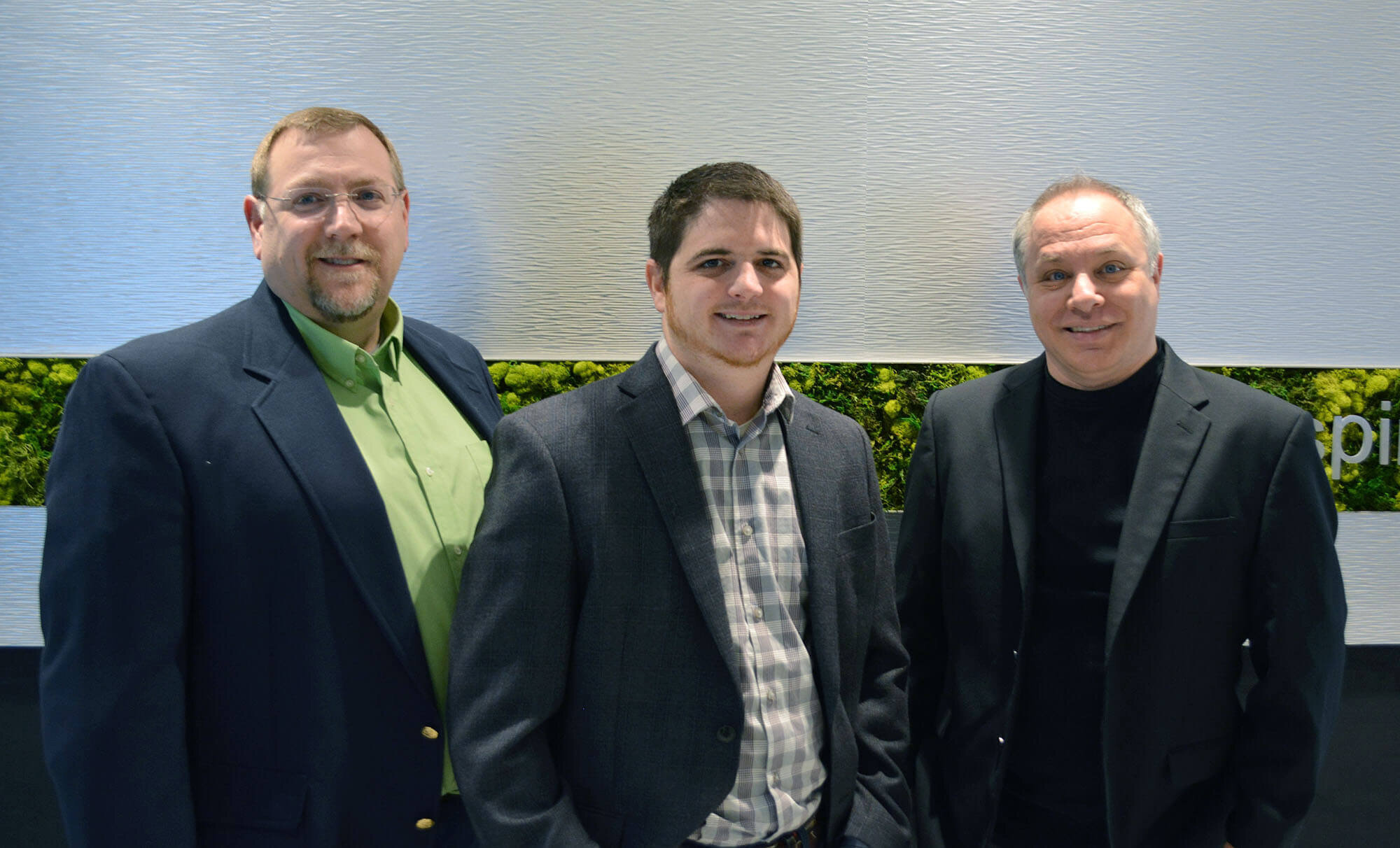One thing for certain, moving into 2021, the multifamily housing market is strong and resilient. 2019 marked the sixth straight year with at least 250 thousand new units absorbed into the U.S. market. While 2020 experienced a relatively smaller increase than expected, CBRE’s “2021 U.S. Real Estate Outlook” calls for multifamily returning to pre-pandemic occupancy levels in 2021 with rents fully recovering by 2022 [1]. The projected economic recovery is expected to propel a rising multifamily demand, while the demand will probably be lower than the highest peaks of 2018 and 2019, it should show significant growth from the 2020 plateau.
So how will the post-COVID-19 world affect the multifamily market? The answer is experience. From the very first steps of leasing to providing a multi-faceted living environment, developers and investors will need to look at the whole picture and embrace innovative solutions at every step. More amenities and modern solutions directly equate to increased appeal to new renters and retention of existing residents.
The Covid Life Trends That Might Stick Around
While the 2020 renters market suffered a blow as a result of the pandemic, it has overall remained relatively resilient. The effects would be seen through 2021 in the shape of migrating markets, regionally and particularly closer to suburbs. A post-COVID world also introduced the need for cleaning protocols, standards for interaction between building staff and residents, as well as contactless mail and delivery handling.
As the need for a new inbound strategy to appeal to new tenants grows, an already existing and ever-evolving technology comes to the rescue. The biggest trend came in the form of a solution to reduce human-to-human interactions in the form of Virtual Tours and Self-Guided tours for prospective renters. This level of digital convenience might stick around as the ability to work from home opened up a range of potential out-of-state renters who are no longer bound by proximity to a physical office space.
Live, Work, Play
The multifamily style of living is generally appealing to most adult age groups; however, empty nesters and millennials are the largest targets for the market. Industry observers say the common thread that connects these groups is the desire for low-maintenance, urban, or at least walkable experiences, enhanced by amenities and technology that create a communal live-work-play nirvana [4].
This does not necessarily mean large city centers these days, but it does point towards a mixed-use environment with accessibility to public transportation and basic amenities within walking distance. Beyond sheer convenience, such developments create a tightened sense of community, fostering a more desirable living environment.
All the Bang - None of the Buck
As the vast majority of renters are seeking to stay closer to urban areas of downtowns and their vicinity, construction costs are rapidly increasing, leaving availability mostly for individuals who can afford the luxury price tag. The smarter developers, understanding that the middle-income class is a much larger pool of potential clients, will put forward creative solutions to mitigate costs.
Offset rising construction costs with high-efficiency building systems equipped with smart HVAC systems and solar power, thus lowering overall operational costs for the life of the building.
In areas where affordable renting is particularly dire, square footage reduction per unit meets the demand. The average unit size has been reduced by 8%-10% in the past five years alone. The trade-off is well designed and attractive units with multifunctional spaces.
Location is key: According to an Urban Land Institute report, “The Macro View of Micro Units” for example, proximity to a grocery store was ranked as a top priority when compromising on unit size among renters [6].
Show Us The Amenities!
What is lacking in unit space needs is compensated in common areas and amenities. Basic and more affordable concepts include amenities such as communal and private workspaces with access to WiFi and USB ports, exercise spaces, and indoor and outdoor social spaces. Higher-end luxury units offer premium services such as concierge, laundry and dry cleaning, progressive fitness centers offering in-house fitness classes, meal delivery programs, biking stations, coffee shops, pet grooming spaces, and much more.
Give Your Tenants Control
Perhaps one of the biggest items on this list is the ability to personalize and completely control your environment. The basic of these is high-speed WiFi, as more and more tenants transition to streaming services and working from home. However, when you look at a much bigger picture, you are looking at more comprehensive amenities, from complete and advanced individual and programmable climate and lighting controls to automated self-serve package delivery options and advanced security capabilities.
Such building automation is not only beneficial and attractive to tenants, but it holds a significant number of operational benefits to the property owner as well; allowing for potential reduction in buildings energy consumption and reduction in manpower required to operate a building. The main difficulty in integrating smart technology is knowing what to choose. What will withstand the test of time and what will become obsolete in today’s world of rapid technological advancements?
Interview with Prospera Ventures
Lauren Tatarchuk
Tal Tamir
We had an opportunity to chat with Tal Tamir and Lauren Tatarchuk, owners of a Cleveland-based Multifamily Investment company, Prospera Ventures.
Tal Tamir and Lauren Tatarchuk grew up on the east side of Cleveland and also attended The Ohio State University together. They, along with their partner Michael Orlando, created Prospera Ventures - a multifamily investment company - and are quickly becoming one of Cleveland's premier multifamily real estate investors. With a focus on the multifamily sector in B-to-C class areas, they partner with passive investors and focus on the targeted acquisition and repositioning of 20+ unit buildings and creating value by transforming distressed properties into income-producing investment opportunities and a place where residents are excited to live. In addition, Tal and Lauren own and operate Premier Cleveland Investing, a fully licensed real estate team with KW Living that specializes in buying and selling investment properties throughout Cuyahoga, Summit, and Lake Counties. They bring investors both on and off-market properties and sell their current inventory to help them achieve diversification through real estate with 1-16 unit properties, single-family portfolios, and commercial properties.
How did 2020 compare to 2019 when it comes to the multifamily market?
Tal and Lauren: Overall, 2020 was a very strong multifamily market compared to 2019. One major difference was the uncertainty that came when COVID first hit (March - June). Many people were hesitant - a lot of sellers and buyers backed out of deals, many lenders completely froze financing while others tightened their requirements. We also saw people losing their jobs who had properties under contract that could no longer obtain financing - it was a lot going on. After June, we saw that things not only started to get back to "normal" but continued to trend upwards. Prices were the highest we had seen in many years, interest rates were at all-time lows and the lenders began to pull back their restrictions.
What are your criteria when selecting potential new properties for investment?
Tal and Lauren: For us, our criteria is very specific about where and what we look for. We focus on B and C class neighborhoods, 20+ unit properties with a value-add component. We primarily look for properties that have rents well below market, have good bones, and have not been updated in quite some time. This allows us the opportunity to implement a value-add strategy consisting of exterior and interior renovations to bring the property back to life. We do this so we can raise the rents up to market standards, stabilize the asset, and create a community that our residents love to call home. The most rewarding piece of it for us is taking an uncared-for property, revitalizing it, and seeing how appreciative and excited the residents are. Everyone deserves to love where they live, and we do our very best to make that happen for the residents when we acquire and reposition properties.
What do you find individuals look for when it comes to multifamily style residence?
Tal and Lauren: We find that individuals want to live in a place where they feel safe, surrounded by community, and feel the owners are taking care of them and the building. Our whole approach to renovations and repositioning the property is about creating an "affordable-luxury" experience for our residents. We found that it's not just about renovating the units, it's also about the small things like replacing old, broken mailboxes, replacing common area carpets, and promptly responding to requests and any concerns that arise that make a big difference for people. Another reason we like B and C class neighborhoods is because when a downturn does come, people from A-class neighborhoods will move to more affordable B-class neighborhoods where we're creating a great experience while being at a lower price point - the same thing goes with B-class to C-class.
What is your projection for the future of the multifamily market in the upcoming years?
Tal and Lauren: We wish we had a crystal ball! Honestly, nobody knows for sure but many have been predicting a downturn for the past few years and it still hasn't happened. That being said, the demand for multifamily assets is still extremely high because investors realize that people will always need a place to live - that is why we focus on B and C class properties, not super luxury assets. It is definitely still a seller's market, interest rates are very low and there is a lot of uncertainty in the stock market, so many people are turning to multifamily, which in turn, continues to push prices up as buyers are flooding the market. We do think there will be some type of correction in the coming years, but we can't say exactly to what extreme and when that will be - we don't think anyone can really say they know for sure!
You can reach Tal and Lauren by finding them on investprospera.com or premierclevelandinvesting.com.
SOURCES
1. https://www.housingwire.com/articles/multifamily-housing-market-wrapping-up-2019-on-a-strong-note/
3. https://2ndkitchen.com/apartments/multifamily-housing-trends/
4. https://www.bdcnetwork.com/5-intriguing-trends-track-multifamily-housing-game
5. https://www.bdcnetwork.com/uli-report-looks-growing-appeal-micro-unit-apartments
6. http://uli.org/wp-content/uploads/ULI-Documents/MicroUnit_full_rev_2015.pdf













